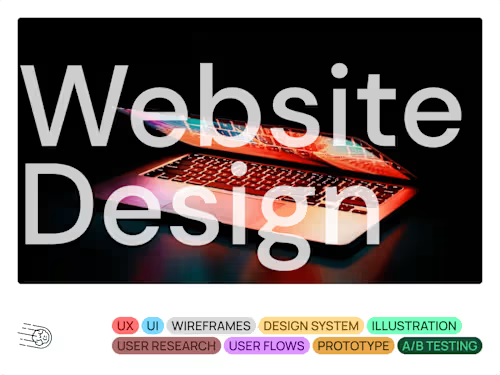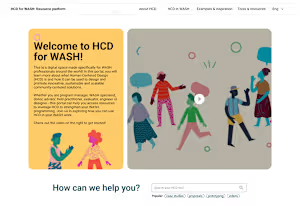
Website for small companies.
Starting at
$
2,000
About this service
Summary
What's included
Wireframes
Imagine a website or app as a house. A wireframe is like a blueprint - it shows the basic layout of rooms, doors, and windows, but without any fancy furniture or decorations. It helps plan how people will move through the space before you start building. So, wireframes are simple, low-detail sketches that focus on structure and functionality, not design. They help designers and everyone involved agree on the layout before getting into the pretty stuff.
UI (Figma documents)
Think of the user interface (UI) as the control panel you use to interact with something. On your phone, it's the buttons and screens you tap. On a website, it's the menus, text, and images you see. Basically, it's everything you use to tell the device what to do and understand what it's doing. So, the UI is the "face" of any device or software, making it easy and enjoyable to use!
UX (User Research)
User experience (UX) is the whole feeling you get when using something. It's like the story your interaction tells - is it smooth and enjoyable, or confusing and frustrating? Imagine ordering food: Good UX: Easy menu, clear instructions, quick checkout, delicious food! Bad UX: Confusing website, hidden fees, long wait, cold pizza! UX considers everything, from how easy it is to use something to how it makes you feel. It's all about creating a positive experience for the user.
CMS
Think of a website as a sandwich. The content (text, images, videos) is the fillings, but you need bread to hold it all together. A CMS, or Content Management System, is like the bread. It provides the basic structure and tools to create, edit, and manage your website content without needing to code. So, you can focus on the yummy fillings (your content) while the CMS takes care of the technical stuff, making it easy to build and maintain your website.
Example projects
Duration
4 weeks
Skills and tools
Industries





